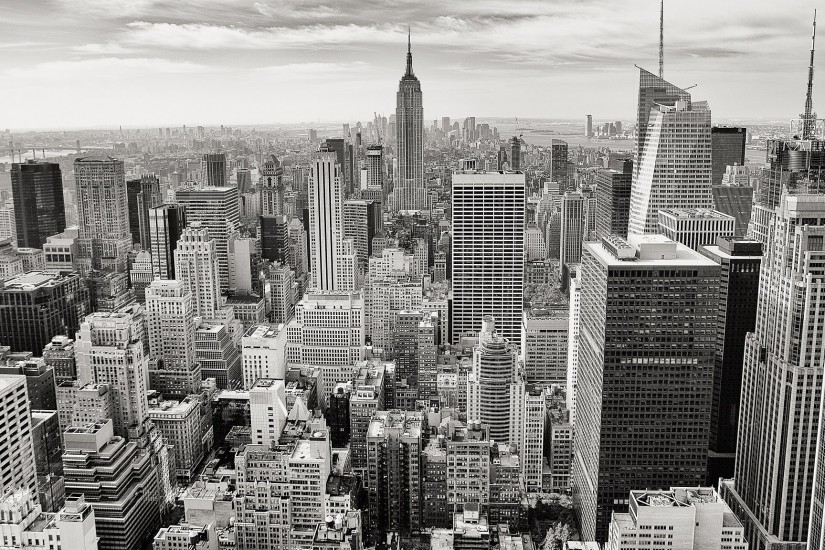GM: Where was New York City first portrayed as a city in decline and crisis? What did the novels of Mickey Spillane (and other pulp fiction) have to do with casting New York in a negative light? Why did these take hold?
BT: In some ways New York City has always had someone decrying its decay and decline, prophesying its death, or holding it up as some modern-day Sodom. There was a bit of a lull in this obsession, however, given the universal nature of how the Great Depression manifests itself and, of course, World War II as well. If anything, events in NYC, like the construction of the Empire State Building during the Depression and the magnificent public works constructed in part with New Deal funds, became symbols of hope for the possibilities of New York City after World War II. That hope carries over into the writings of E.B. White who sees the city as this burgeoning world capital after war, a future home to the United Nations, and the like.
Two things are interesting about this image after World War II, however. 1) The most powerful critics of postwar New York are homegrown —citizens of the very city that draws their ire, and 2) what should have been the city’s great Cold War fear—atomic destruction—sort of falls by the wayside and it’s replaced by this fear that the city will destroy itself. Of course, a cultural historian would argue that atomic anxiety manifests itself in anxiety about the sustainability of the city, and they wouldn’t be wrong, but it’s remarkable how these other ailments at this time sort of overpower the fear of the bomb.
Mickey Spillane operates in that vein. He writes these sensational pulp novels that sell in the millions. He’s the bestselling author of the 1950s. And in these books the city has become this monster that needs to be tamed, and it needs to be tamed by this authoritarian vigilante —Mike Hammer— who circumvents the law and due process, to bring the dying city to heel. It’s Spillane, through this fantastic vision of New York, that really offers up a template for the purveyors of death and dread later on, and it reaches millions of Americans. His exploitative use of overt masculinity, vivid violence and free sexuality offered an escape from fears of the Cold War—communism, conformity, the atom bomb.
